Types of Bees
Bees are incredibly diverse, with thousands of species spread across the globe. They belong to the superfamily Apoidea, which encompasses a wide variety of bees, each with unique characteristics and ecological roles. Here is a breakdown of the major types of bees:
Major Types of Bees
Honeybees (Apis spp.)
- Species Count: About 8 recognized species.
- Description: Honeybees are known for their role in honey production and their highly social behavior, living in large colonies with a structured hierarchy.
- Distribution: Found worldwide, originally native to Europe, Asia, and Africa.
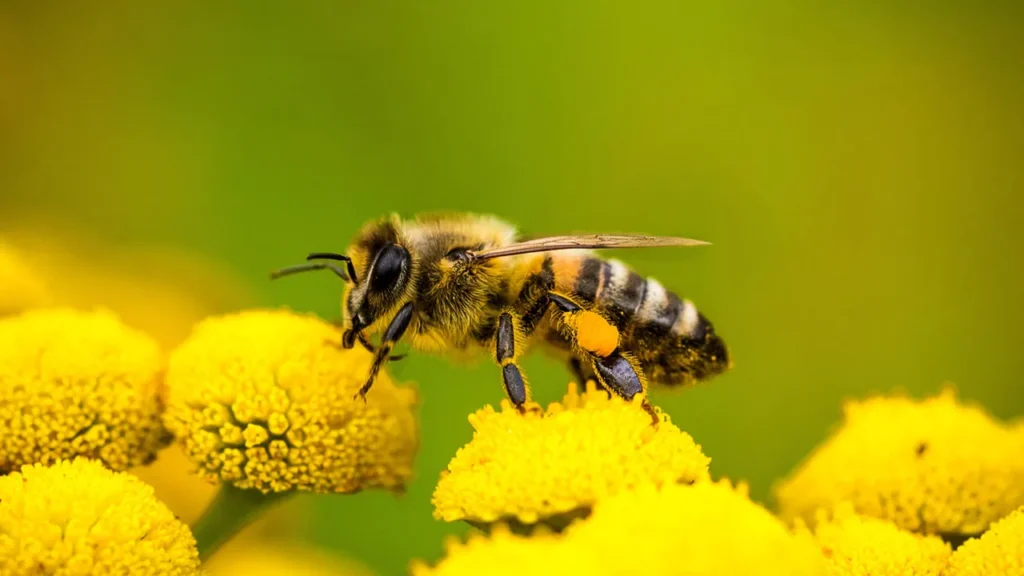
Bumblebees (Bombus spp.)
- Species Count: Approximately 250 species.
- Description: Bumblebees are larger, fuzzy bees known for their ability to buzz pollinate, which is especially important for plants like tomatoes.
- Distribution: Predominantly found in temperate regions of North America, Europe, and Asia.
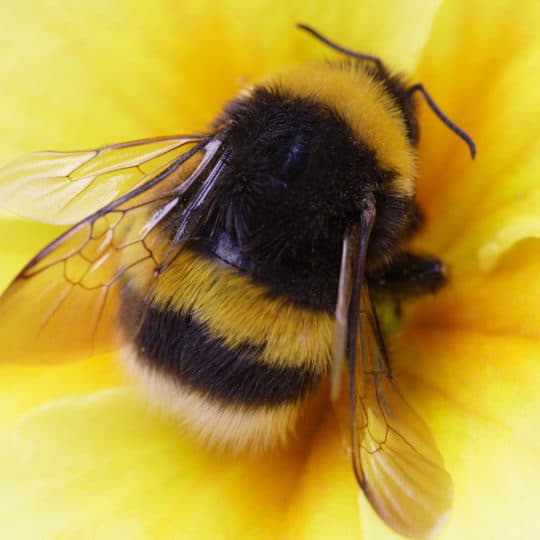
Carpenter Bees (Xylocopa spp.)
- Species Count: Over 500 species.
- Description: Carpenter bees are large, solitary bees that excavate tunnels in wood to lay their eggs.
- Distribution: Found in many parts of the world, particularly in tropical and subtropical regions.
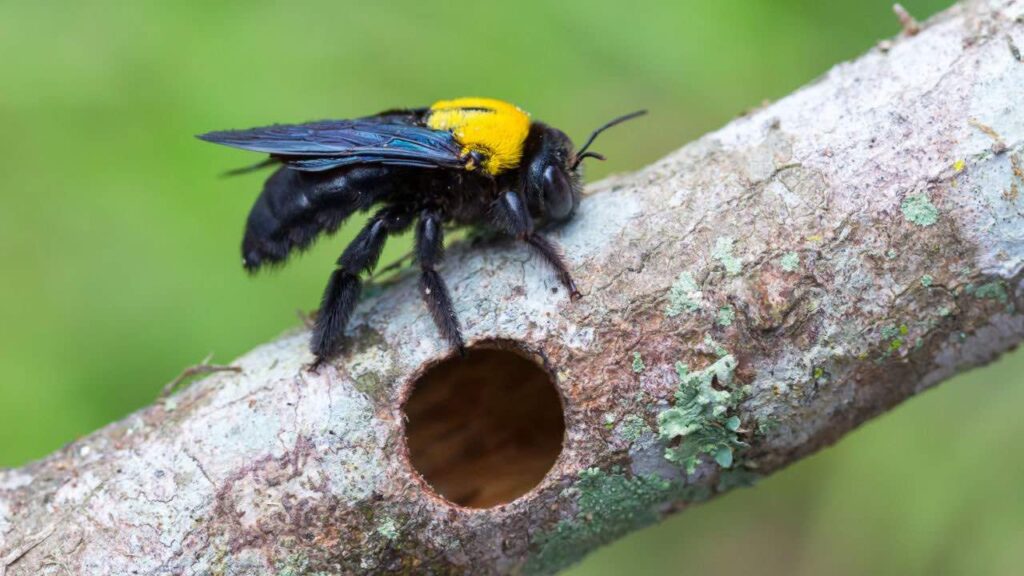
Sweat Bees (Halictidae family)
- Species Count: Around 4,500 species.
- Description: Named for their attraction to human sweat, these bees vary greatly in size and color. Many are metallic green or blue.
- Distribution: Found on every continent except Antarctica.
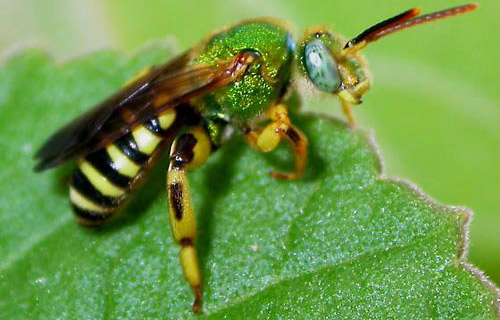
Mason Bees (Osmia spp.)
- Species Count: About 400 species.
- Description: Solitary bees that use mud or other materials to construct their nests. They are efficient pollinators of fruit trees.
- Distribution: Common in the Northern Hemisphere, especially in North America and Europe.
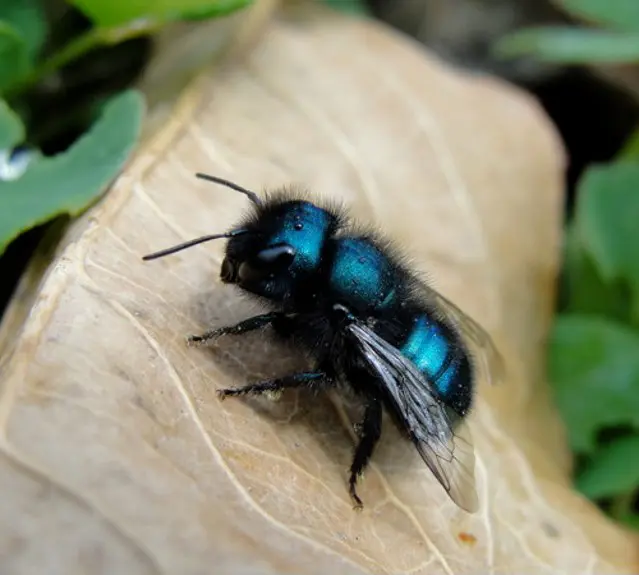
Leafcutter Bees (Megachilidae family)
- Species Count: Around 1,500 species.
- Description: Known for cutting leaves to line their nests, these bees are important pollinators, particularly for alfalfa and other legumes.
- Distribution: Found worldwide, with a high diversity in North America.
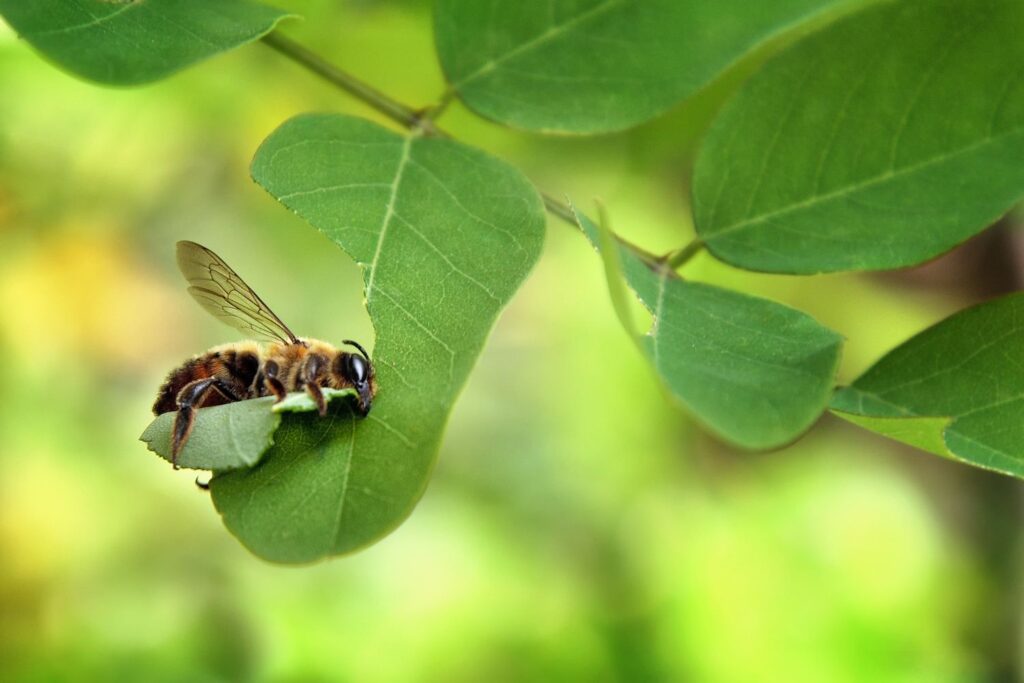
Mining Bees (Andrenidae family)
- Species Count: About 1,300 species.
- Description: These solitary bees dig burrows in the ground to lay their eggs. They are among the first bees to emerge in spring.
- Distribution: Predominantly in temperate regions of North America and Europe.
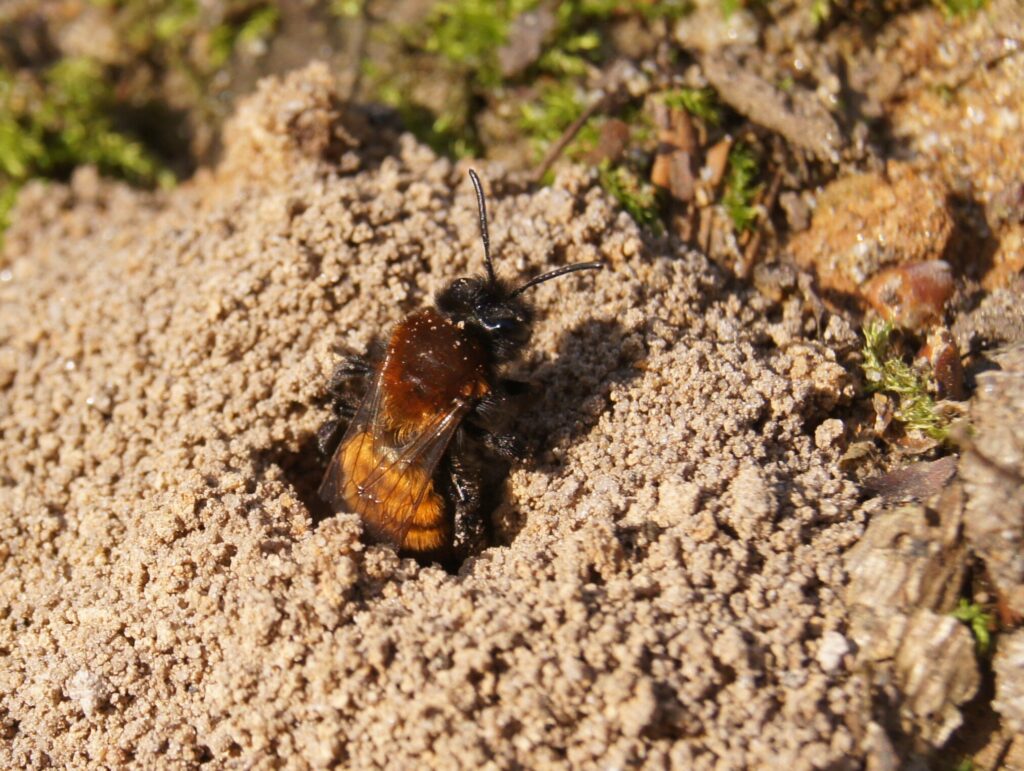
Cuckoo Bees (various genera)
- Species Count: Several hundred species across multiple genera.
- Description: Parasitic bees that lay their eggs in the nests of other bees. They do not build their own nests or gather pollen.
- Distribution: Found globally, often in close association with their host species.

Lesser-Known Bee Families
Colletidae
- Species Count: Around 2,000 species.
- Description: Known as plasterer bees or cellophane bees, they line their nests with a cellophane-like secretion.
- Distribution: Worldwide, with many species in Australia and South America.
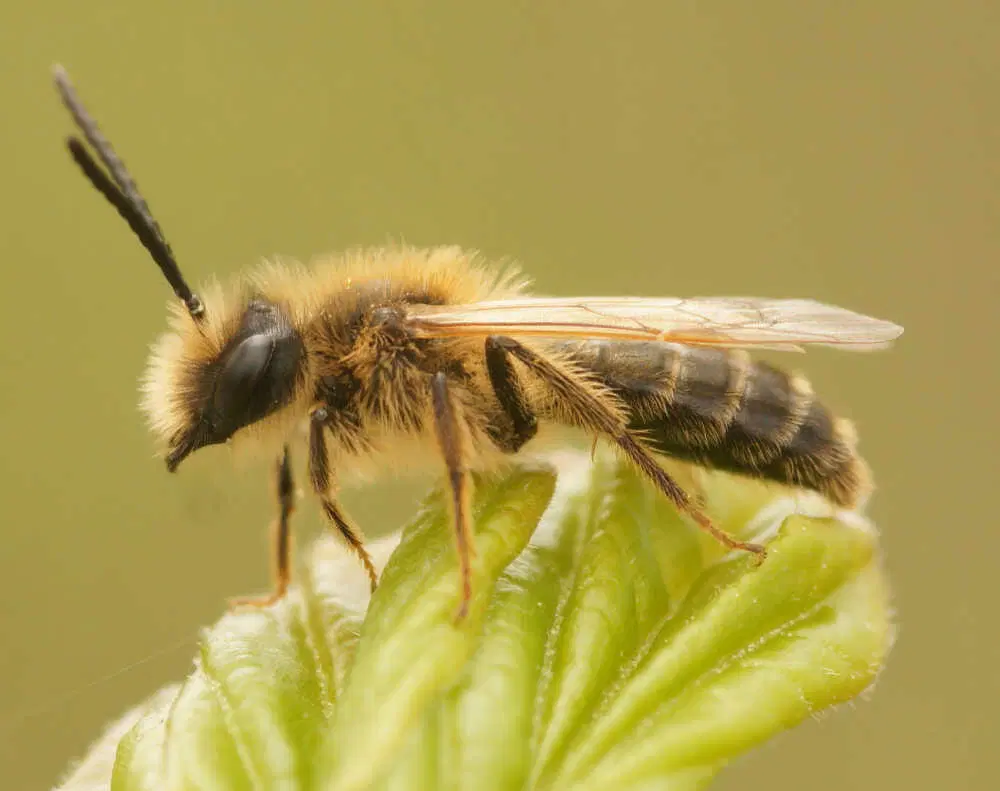
Melittidae
- Species Count: About 200 species.
- Description: Small to medium-sized bees, often specialists on certain flowers.
- Distribution: Primarily in Africa and the Northern Hemisphere.
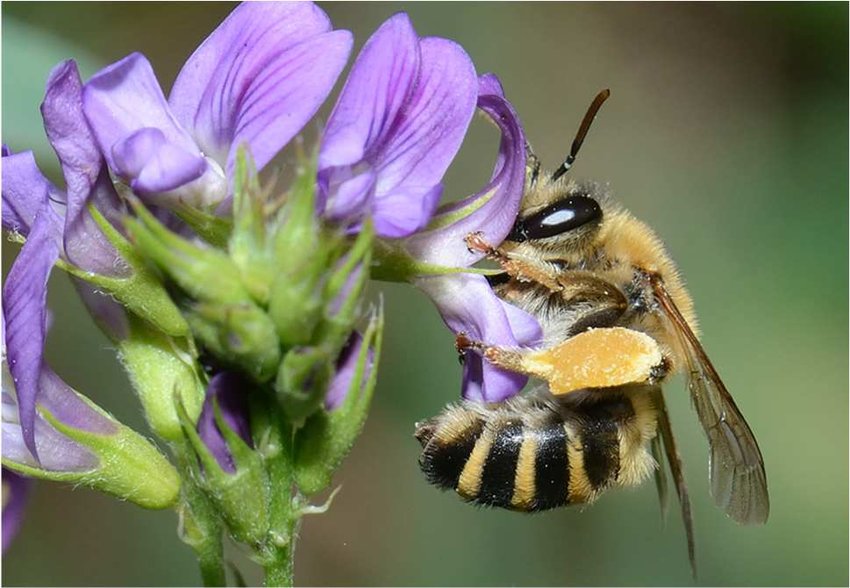
Stenotritidae
- Species Count: Around 21 species.
- Description: This small family of bees is native to Australia and is less well-known.
- Distribution: Restricted to Australia.

Lifespan:
Honeybee Queen: 2 to 5 years
Honeybee Worker: 6 weeks to 6 months
Honeybee Drone: 6 to 8 weeks
Bumblebee Queen: 1 year
Bumblebee Worker: 2 to 6 weeks
Bumblebee Male: A few weeks
Carpenter Bees: Up to 1 year
Mason Bees: 6 to 8 weeks (active adult stage)
Leafcutter Bees: 6 to 8 weeks (active adult stage)
Mining Bees: 4 to 6 weeks (active adult stage)
Aggressive Bees
Africanized Honeybees (Apis mellifera scutellata)
Description: Also known as “killer bees,” Africanized honeybees are a hybrid of the African honeybee and various European honeybee subspecies. They were accidentally released in Brazil in the 1950s and have since spread throughout the Americas.
Aggression: These bees are highly aggressive and more defensive than other honeybee species. They respond to threats more quickly and in larger numbers, and they can chase perceived threats for long distances.
Yellow Jacket Wasps (Vespula spp.)
Description: While not technically bees, yellow jackets are often mistaken for them. These wasps can be highly aggressive, especially when their nests are disturbed.
Aggression: Yellow jackets are known for their aggressive behavior, particularly in late summer and early fall when their food sources become scarce. They can sting multiple times and often attack in large numbers.
Poisonous Bees
Honeybees (Apis spp.)
Venom: Honeybee venom contains a mixture of proteins and peptides, including melittin, which causes pain and inflammation. A single sting is usually not dangerous to most people, but honeybee stings can be life-threatening to those who are allergic.
Severity: Honeybee stings can cause severe allergic reactions, including anaphylaxis, which requires immediate medical attention.
Bumblebees (Bombus spp.)
Venom: Bumblebee venom is less toxic than honeybee venom, but their stings can still cause significant pain and allergic reactions.
Severity: Bumblebee stings are generally less severe than honeybee stings but can be problematic for those with allergies.
Asian Giant Hornet (Vespa mandarinia)
Description: Also known as the “murder hornet,” the Asian giant hornet is not a bee but is worth mentioning due to its potent venom and aggressive behavior.
Venom: The venom contains potent neurotoxins and can cause severe pain, tissue damage, and allergic reactions.
Severity: Stings from the Asian giant hornet can be extremely painful and, in rare cases, fatal, especially if the victim is stung multiple times or has an allergic reaction.
Factors Influencing Aggression and Venom Potency
- Colony Defense: Social bees, such as honeybees and bumblebees, tend to be more aggressive in defending their hives. The presence of a large colony and valuable resources (honey, larvae) can make these bees more defensive.
- Environmental Stress: Factors such as habitat disturbance, scarcity of food, and environmental stress can increase aggression in bees.
- Species and Genetics: Different species and even subspecies of bees have varying levels of aggression and venom potency due to their genetic makeup and evolutionary adaptations.
Conclusion
In total, there are over 20,000 recognized species of bees, each contributing uniquely to their ecosystems. This immense diversity highlights the importance of bees in maintaining ecological balance and biodiversity. Protecting these varied species is crucial, as they are integral to pollination and the health of global ecosystems.
8 thoughts on “Types of Bees”
I really appreciate your help
Unquestionably believe that that you said. Your favourite reason appeared to be on the web the simplest factor to be mindful of. I say to you, I certainly get annoyed at the same time as other folks consider issues that they just don’t understand about. You controlled to hit the nail upon the top and defined out the whole thing without having side-effects , people can take a signal. Will likely be again to get more. Thank you
I would like to show my appreciation to this writer just for rescuing me from this type of situation. Just after searching throughout the online world and seeing tricks which were not helpful, I thought my entire life was well over. Existing minus the answers to the issues you have solved through your write-up is a critical case, and the kind that would have badly damaged my entire career if I had not discovered your site. Your own personal ability and kindness in touching a lot of things was precious. I don’t know what I would have done if I had not come across such a solution like this. I’m able to at this moment look forward to my future. Thanks very much for this high quality and result oriented guide. I won’t hesitate to endorse your web page to any person who would need support about this subject matter.
Thank you
Very nice post. I just stumbled upon your blog and wished to say that I have really enjoyed surfing around your blog posts. In any case I抣l be subscribing to your rss feed and I hope you write again soon!
We are a bunch of volunteers and opening a brand new scheme in our community. Your site provided us with useful information to paintings on. You’ve performed an impressive activity and our whole community will probably be grateful to you.
There is noticeably a bundle to know about this. I assume you made certain nice points in features also.
Respect to post author, some great entropy.